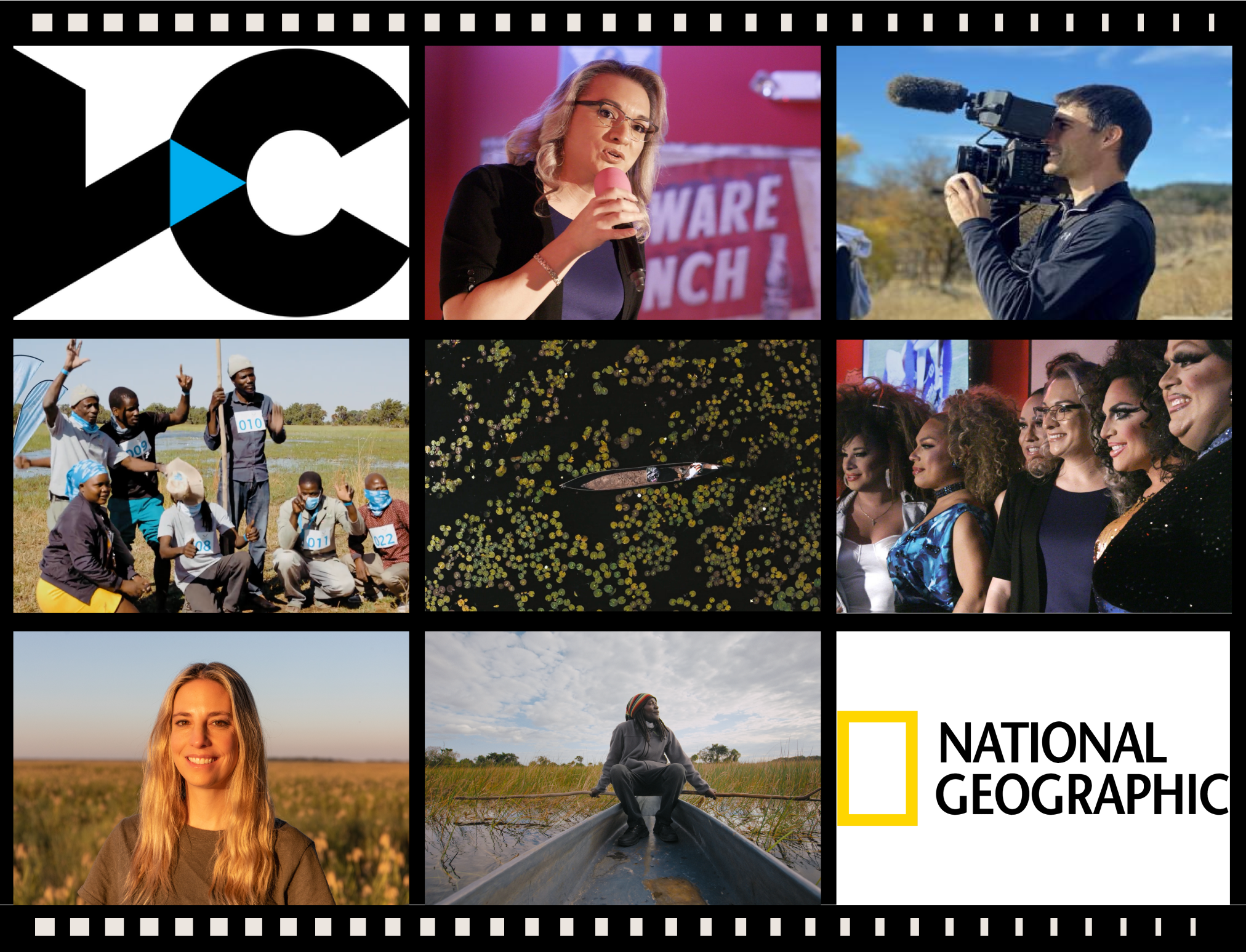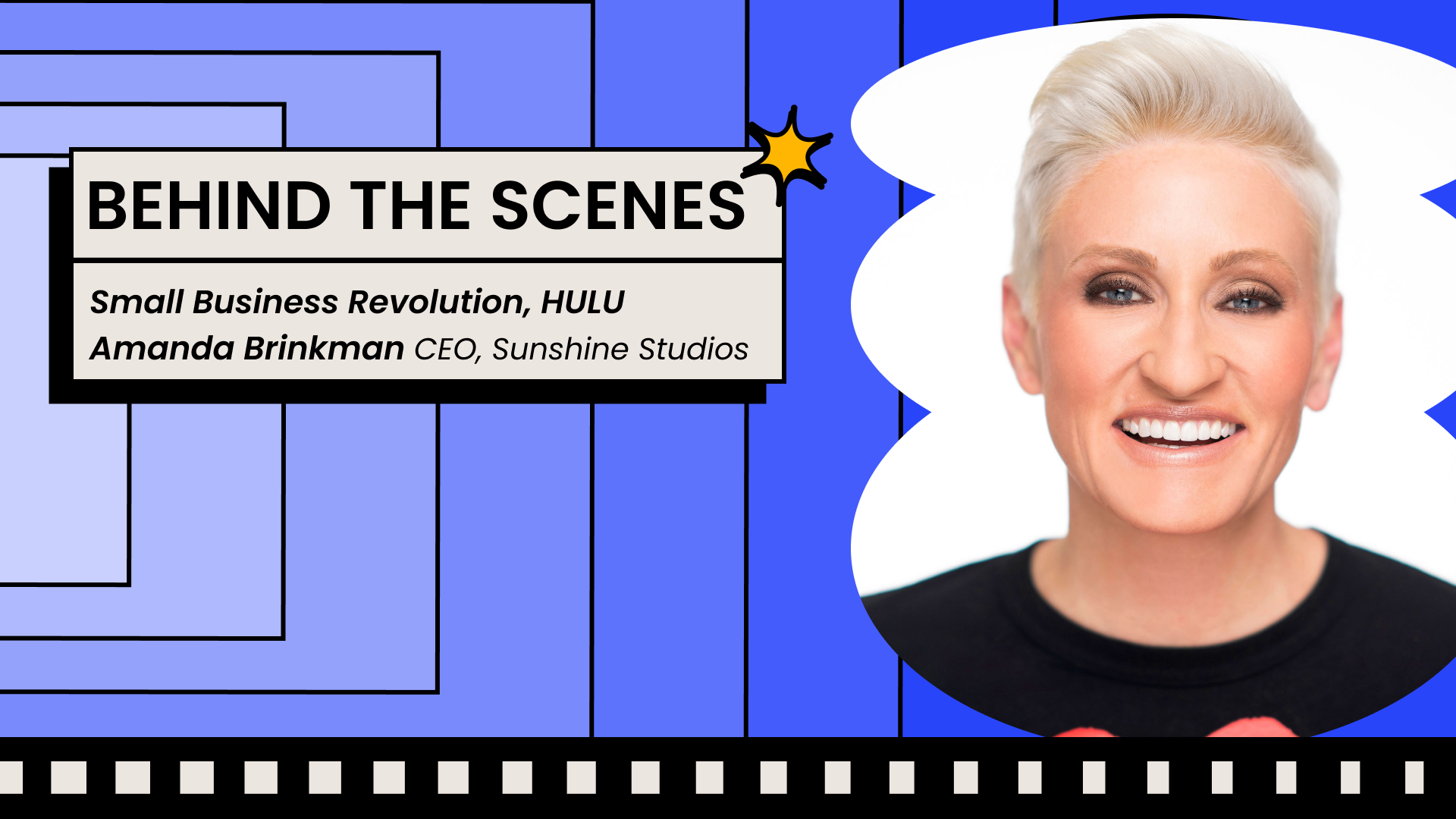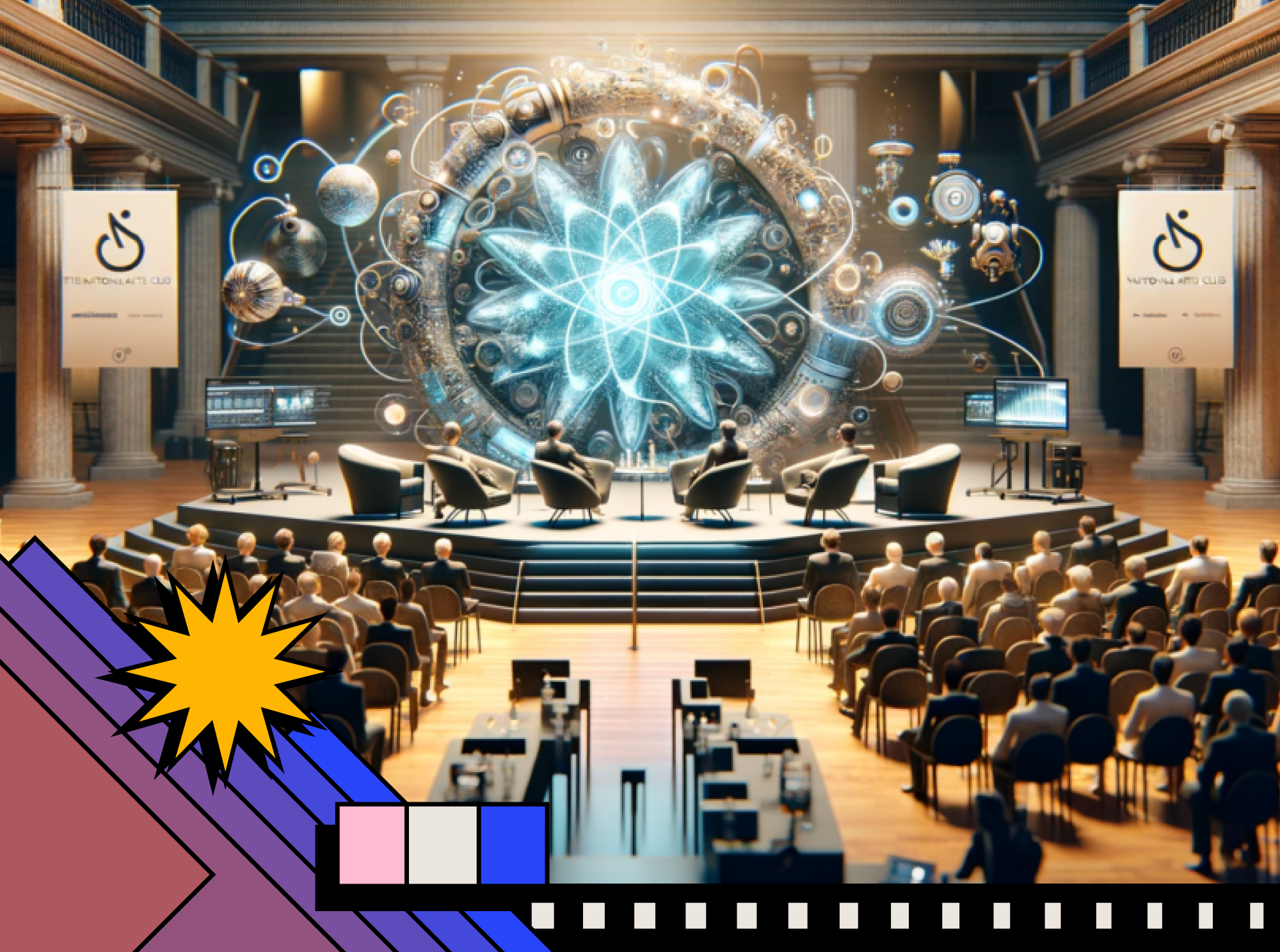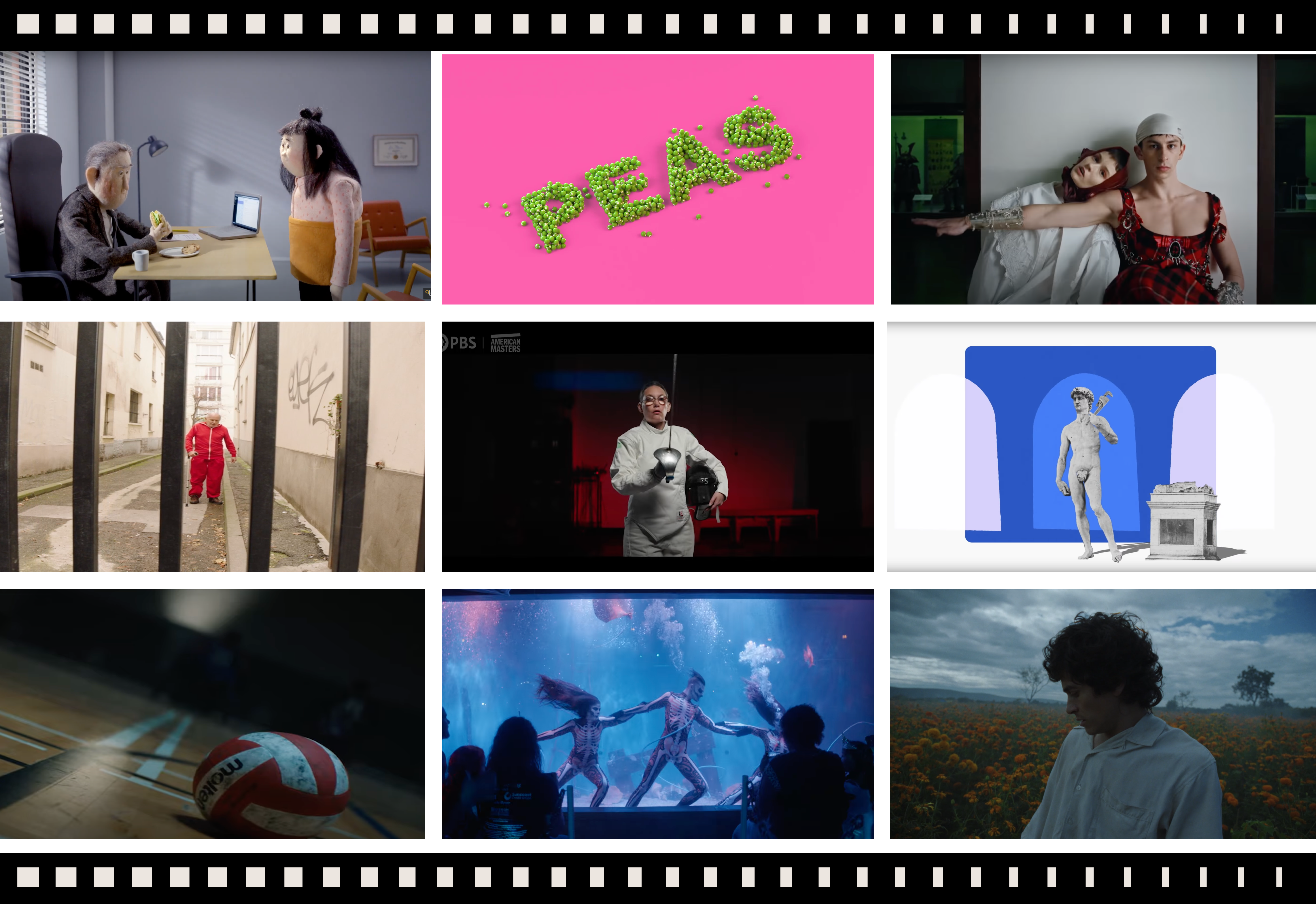New York – The Tribeca Festival has once again returned to New York City for its 2022 cycle and yet again, has left us with a wonderful display of top tier work. At the top of conversation among curious festival goers, the stunning lineup for the ever popular Tribeca Immersive program which showcased virtual reality, augmented reality, mixed reality, and participatory experiences by top artists, pushing the boundaries of creative and emotional storytelling.
This year’s selection of experiences covered the relationship between human beings, nature, and society through interactive journeys via a VR headset, AR and/or a holographic screen. Immersive experiences have been popping up in mainstream narrative storytelling groups in years prior to this year’s competition, but this year, the permanence of immersive VR/AR as a means of not just storytelling, but as a fixture of the art world became all too clear. It wasn’t the technology that wowed audiences, rather the wide variety of offerings Tribeca’s immersive selection displayed. From virtual museums to dystopian societies, the range of work was impressive to say the least.
The programming included many notable experiences, but a few stood out to our Telly Awards team.
First on our list, and this year’s New Voices Award winner, the “LGBTQ + VR Museum.” Timely in its arrival, the piece prided itself on being the world’s first virtual reality museum dedicated to celebrating the stories and artwork of LGBTQ people by preserving queer personal histories. The museum contained artwork, 3D scans of touching personal artifacts, from a teddy bear and microphone to wedding shoes and wardrobes, and marble sculptures, all chosen by members of the LGBTQ community and accompanied by their stories told in their own words. Aside from being the first of its kind, the piece also incorporated a biometric element that measured users’ emotions in real time and used that data to control the environment.
LGBTQ VR Museum: Trailer from Tribeca on Vimeo.
Second on our notable list is the nature focused experience, “Plastisapiens” by Dpt, written and directed by Miri Chehanovich and Edith Jorisch. The unique VR experience takes the viewer from millions of years in the past to millions of years in the future in a matter of minutes, tracking how the human body evolves in relation to its environment. The piece imagined a dystopian future where plastic and organic life merge to create a new life form, “Plastisapiens.” The project took full advantage of VR capability, placing the viewer inside the bodies and worlds they could never otherwise inhabit. After removing the headset, viewers are forced to examine his/her environment and how his/her body relates to it. A compelling commentary on plastic pollution as well as a true immersive experience looking to a future without action, projects such as “Plastisapiens” highlight the power of stories to bring awareness and hopefully change. Notable for its execution, the project also exceeds expectations in how powerful imagery can be in VR/AR.
Plastisapiens: Trailer from Tribeca on Vimeo.
Third on our list is “Please Believe Me,” a 28-minute narrative piece by famed VR artist Nonny de la Peña exploring the case of a woman whose Lyme disease symptoms were ignored by the medical establishment. What we’ve found within the immersive community is that projects boasting an immersive campaign are celebrated for being an interactive experience, but when actually experiencing the piece, the level of interaction is minimal. “Please Believe Me” thrives in this regard, as it requires the audience to explore its surroundings in order to continue on in the story. At one point, the viewer is told to look down at their virtual hand which is being bitten by a tick, coupled with haptic vibrations. At another point, the viewer is teleported inside the body of the subject and asked to fight off, literally fight with fists, lime disease cells. The interactive element of an immersive experience, in what we’ve seen, is the defining factor that takes these kinds of projects beyond spectacles into true storytelling innovation.
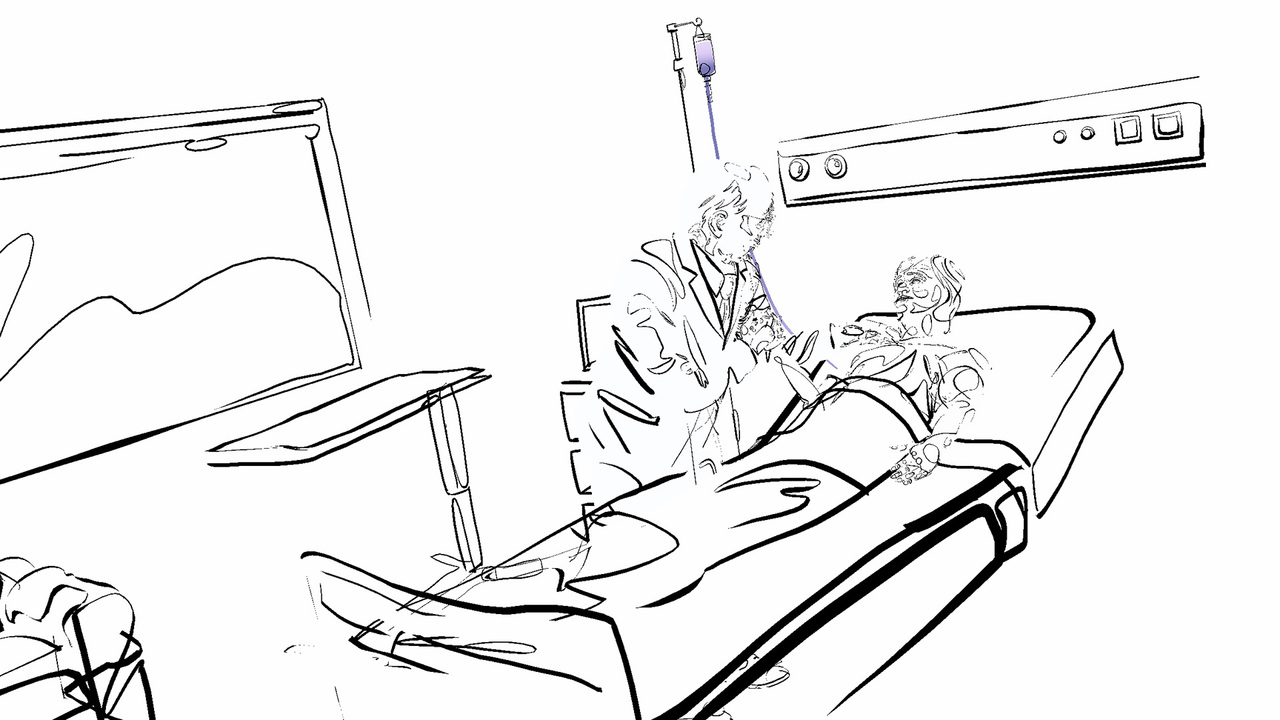
Image Courtesy of Tribeca Film Festival
Other notable works included the mesmerizing journey through life and death via the inner landscape of the human body titled, “Evolver” from Marshmallow Laser Feast and the immersive documentary audio experience “Intravene” that dropped listeners into the heart of the overdose crisis in Vancouver, Canada via binaural 360-degree audio. If there is anything we’ve learned from this lineup, it’s that immersive is not just a fancy technology stunt, it’s a full fledged art form worth the time it takes to experience.
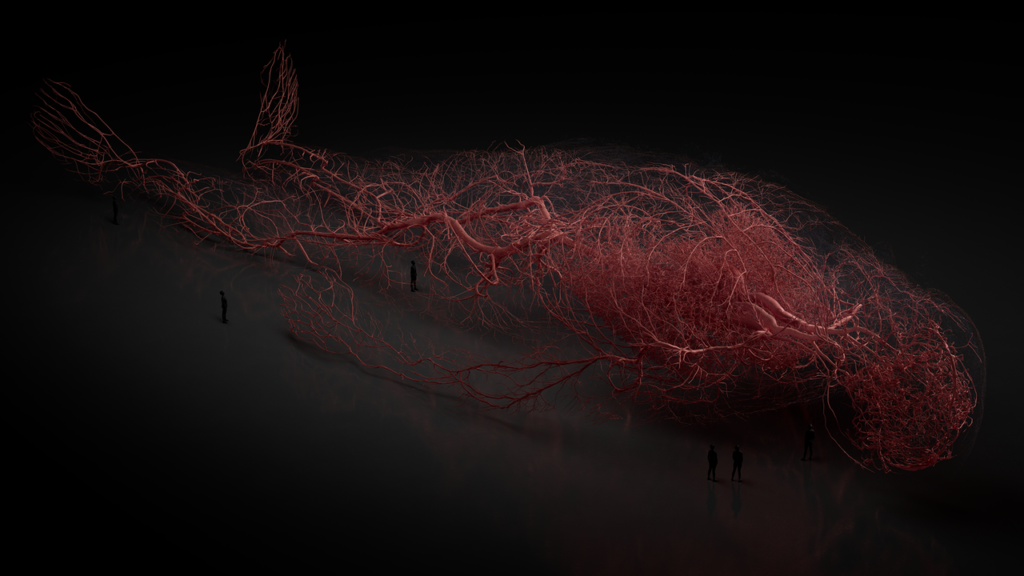
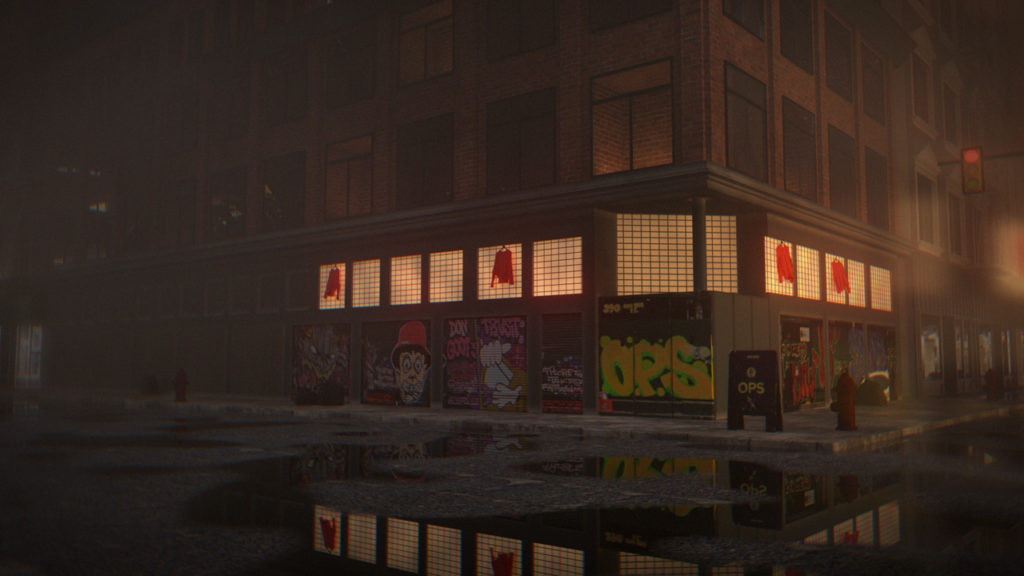
All this to say, Tribeca’s 2022 immersive lineup proved to be a huge success and if the developments in both story and technology are any indication of what direction immersive will be taking in months to come, the Telly Awards is proud to be part of that journey.


